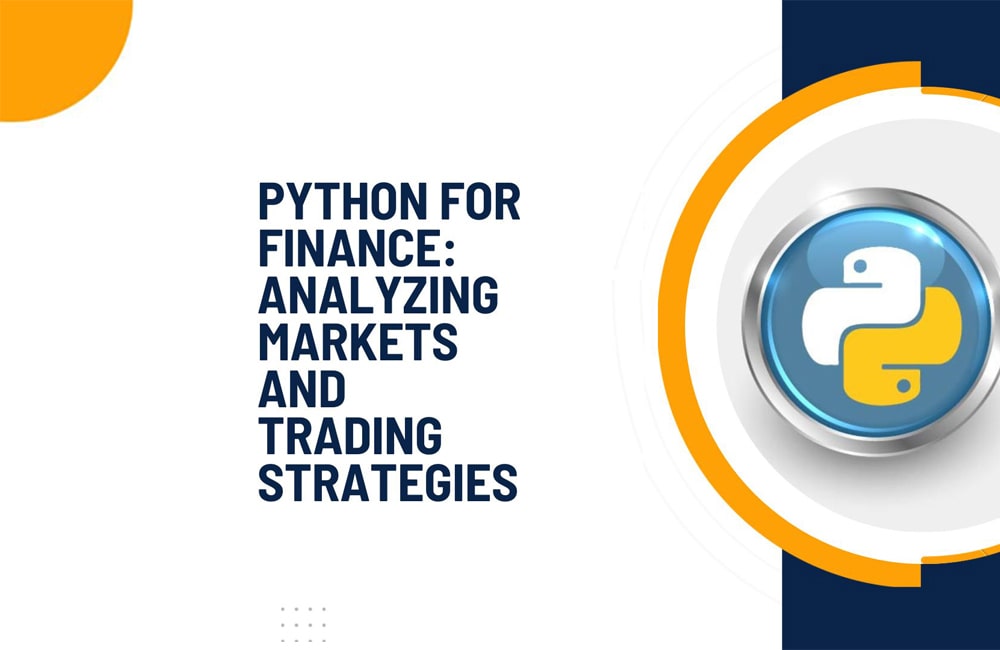
Introduction
In the dynamic landscape of finance, Python has emerged as a powerful tool for market analysis and strategy development. This article explores how Python, with its versatility and extensive libraries, is transforming the world of finance.
Python's Role in Finance
1. Data Analysis and Visualization
Python's rich ecosystem of libraries, including Pandas and Matplotlib, facilitates efficient data analysis and visualization. Traders and analysts can gain valuable insights into market trends and historical performance.
2. Algorithmic Trading
With Python, implementing algorithmic trading strategies becomes accessible. Libraries like QuantConnect and Zipline enable traders to automate decision-making processes, execute trades, and manage portfolios.
3. Machine Learning Applications
Python's integration with machine learning libraries such as TensorFlow and scikit-learn allows the development of predictive models for price forecasting, risk management, and anomaly detection.
Python in Action: Analyzing Markets
Let's delve into a practical example using Python to analyze market data and derive actionable insights.
Example: Moving Average Crossover Strategy
We'll implement a simple yet effective strategy – the moving average crossover. Python code can efficiently compute moving averages, signal crossovers, and automate trade execution.
FAQs
Q: Can Python be used for real-time market analysis?
Yes, Python, with libraries like WebSocket and Alpaca, supports real-time data streaming, enabling timely market analysis and decision-making.
Q: Is Python suitable for both beginners and experienced finance professionals?
Absolutely. Python's readability and extensive documentation make it beginner-friendly, while its advanced capabilities cater to the needs of seasoned finance professionals.
Q: Are there risks associated with algorithmic trading using Python?
While algorithmic trading can enhance efficiency, it requires careful testing and risk management to mitigate potential financial losses.
Conclusion
Python's impact on finance is indisputable. Whether you're a novice analyst or an experienced trader, enrolling in a Python training institute in Nashik to harness its capabilities for market analysis and trading strategies is a strategic decision. Embracing Python for finance not only fosters innovation and automation but also positions individuals and organizations to stay ahead in the ever-evolving financial landscape. The dynamic nature of Python, coupled with its extensive libraries and community support, makes it an invaluable asset for anyone navigating the complexities of financial markets. Elevate your skills and future-proof your career by embracing Python's prowess in the realm of finance.





